Barberry is appearing more and more frequently in health food stores. And this raises the question in many people's minds: should you include it in your diet or not? We suggest: INCLUDE IT! Why? It turns out that this unassuming plant holds many health-promoting properties. It's worth reaching for, especially now, in the fall and winter. The fruit, dried leaves, and bark of barberry offer health at your fingertips. Let's explore what you need to know about this plant.
Barberry, also known as barberry, is an evergreen, thorny shrub that commonly grows in fields. It's also a common sight in our gardens, as its leaves, fruit, and flowers have exceptional ornamental value. Folk medicine has long valued the benefits of barberry. Home remedies for various ailments often utilize the fruit, bark, or dried leaves of this plant.
What does barberry contain?
Barberry fruits contain alkaloids, organic acids, sugars, pectins, tannins, and mineral salts. They support lung, spleen, and liver function, as well as metabolic processes. They help remove fat deposits and purify the blood, which is why they are recommended for those trying to lose weight and detoxify their bodies.
Due to its high vitamin C content (80 mg per 100 g), barberry is called the "Polish lemon." Barberry fruit decoctions have antibacterial, antipyretic, and diaphoretic properties, making them recommended for colds and autumn/winter infections. Dried fruit added to regular tea will have a similar effect.
The multifaceted use of barberry
Interestingly, different parts of the plant exhibit different medicinal properties. For example, decoctions of the roots and bark are recommended as a supportive remedy for digestive problems, jaundice, and gallbladder problems. Leaf infusions, on the other hand, exhibit calming properties, so they can be recommended for those living in a hectic, stressful life, who need peace and relaxation.
Pregnant women should avoid barberry. It has been proven that consuming barberry fruit or tea can induce labor. Barberry should also not be used for long periods of time, as berberine accumulates in the pancreas, liver, and heart.
Barberry in the kitchen
The slightly tart barberry fruit is a delicious addition to many dishes. It can be made into:
- juice,
- mousse,
- marmalade,
- be an addition to meat sauces,
- muesli.
Barberry leaf teas, tinctures, and wines are also popular. Barberry is most often available in stores as dried fruit, which can be added to tea, oatmeal, or other dishes. Pasta with barberry pesto is also worth trying.
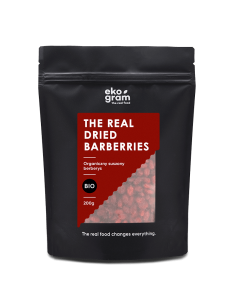
Organic dried barberry
Tasty pesto with barberry fruit
Ingredients:
- a handful of dried sunflower seeds
- 2 cloves of garlic
- 50 g rocket leaves
- 30 g Parmesan cheese
- 1 tablespoon sweet mustard
- 1 tablespoon olive pesto
- a pinch of thyme
- a teaspoon of dried basil
- 2 tablespoons of olive oil
- salt, pepper to taste
- 10 g dried barberry fruit
Place sunflower seeds, which you can find in our store , in a heated, fat-free pan, add finely chopped garlic, and sauté briefly. Add the remaining ingredients and blend. Barberries add a fruity, fresh note to the pesto. They can be added to pasta (enough for two), as a side dish for sandwiches, or as a side dish for meats.
It's no wonder barberry has been used as a home remedy for various ailments for decades. It's still worth exploring today, as this plant, popular in our climate, is a true treasure trove of health benefits and a truly delicious addition to many dishes.
Check out our other posts:

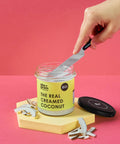
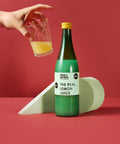
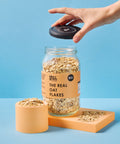
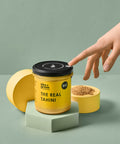

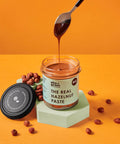
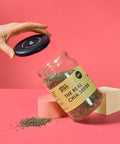
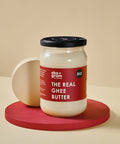

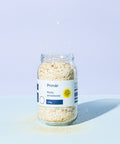

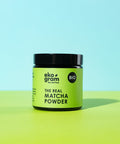
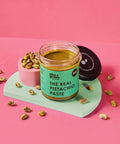
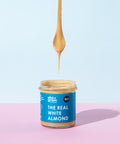
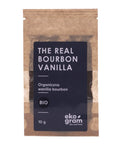



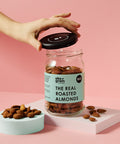

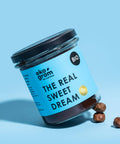
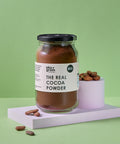


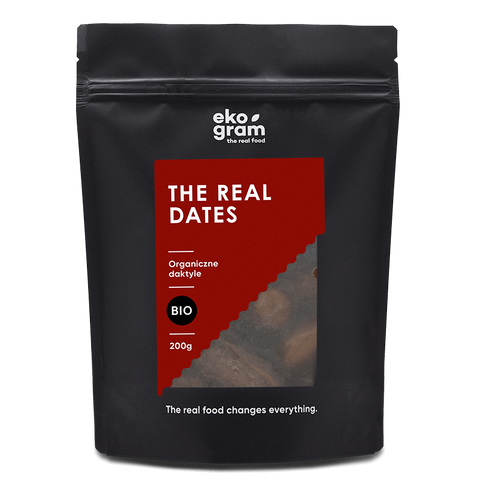
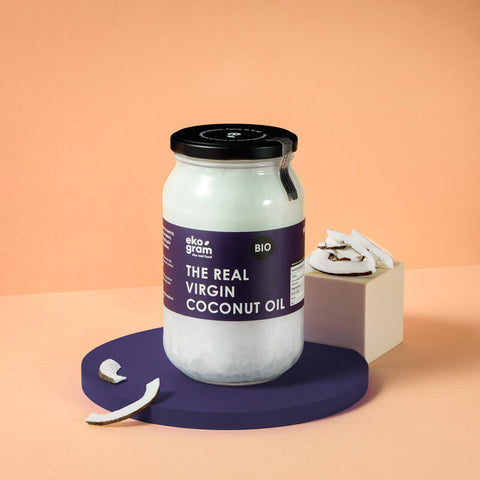
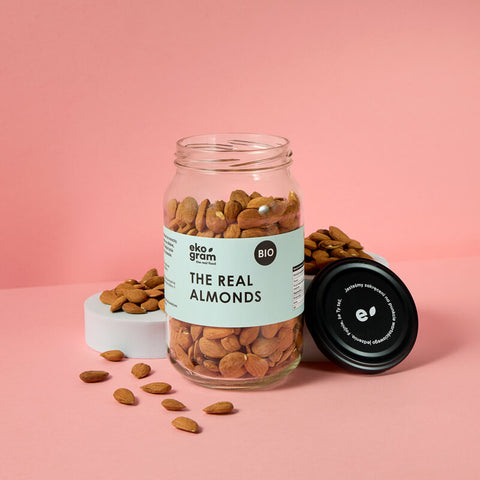
Comments (0)
There are no comments for this article. Be the first one to leave a message!